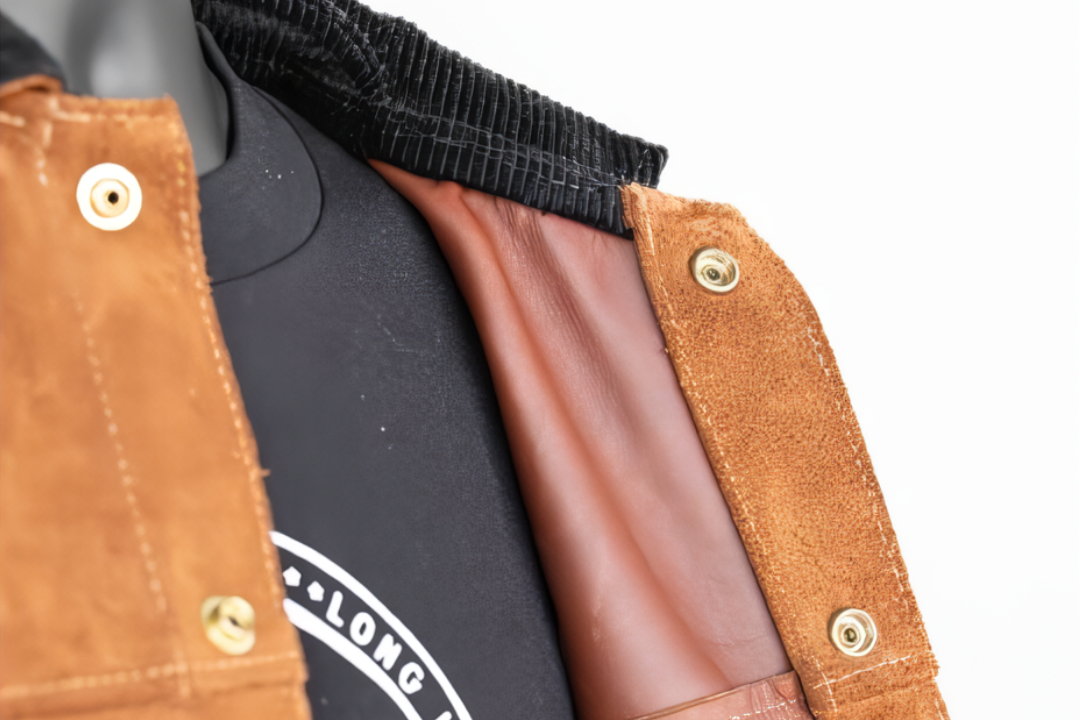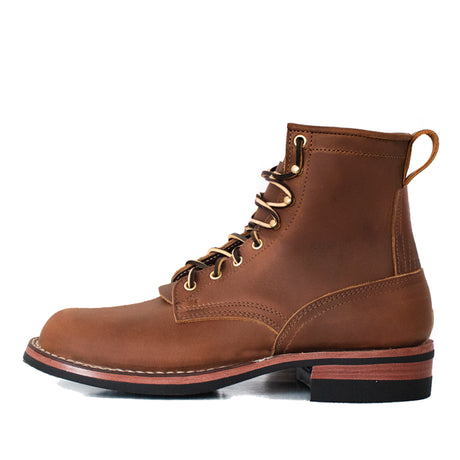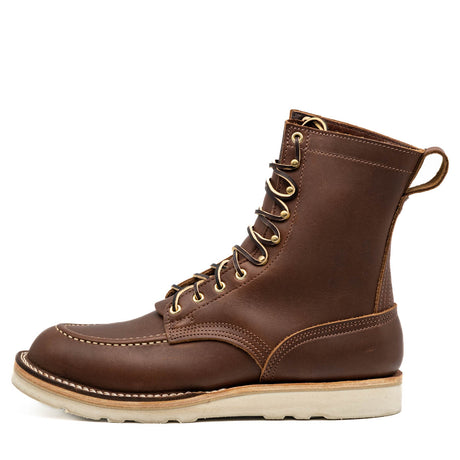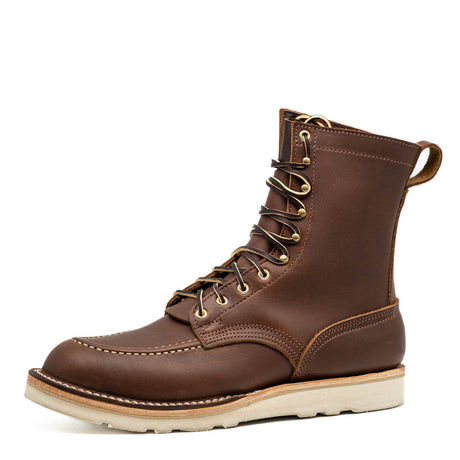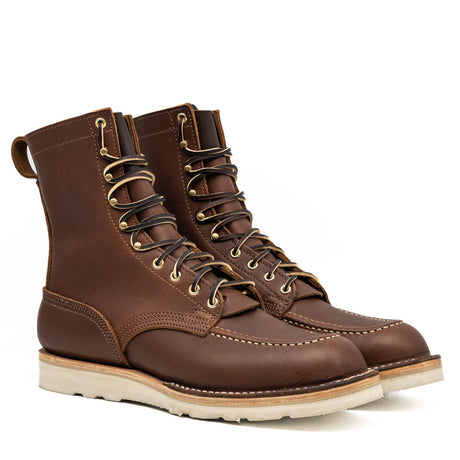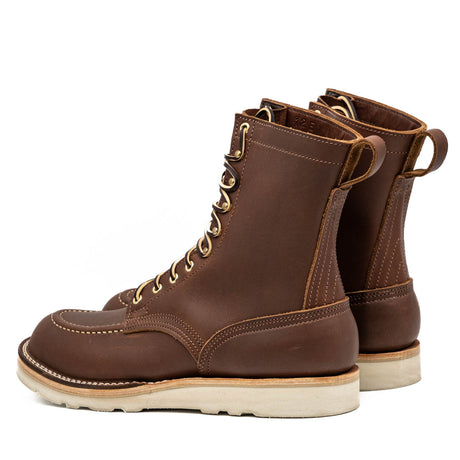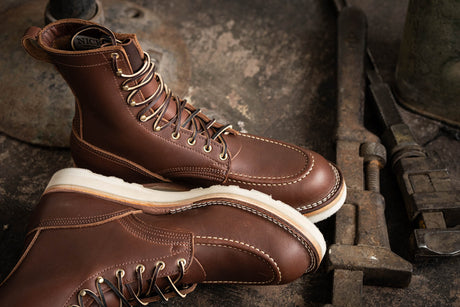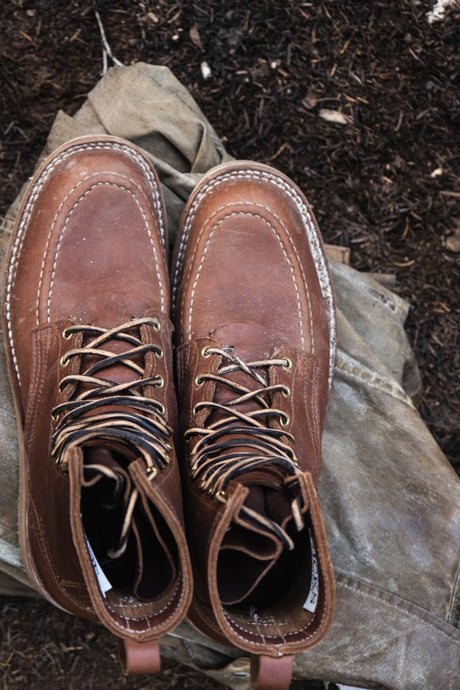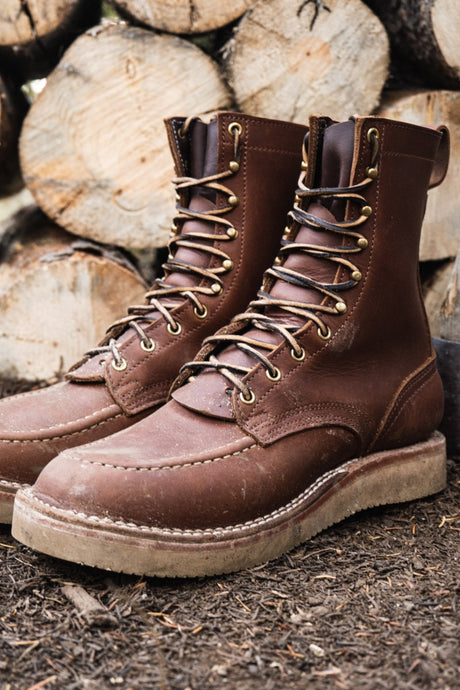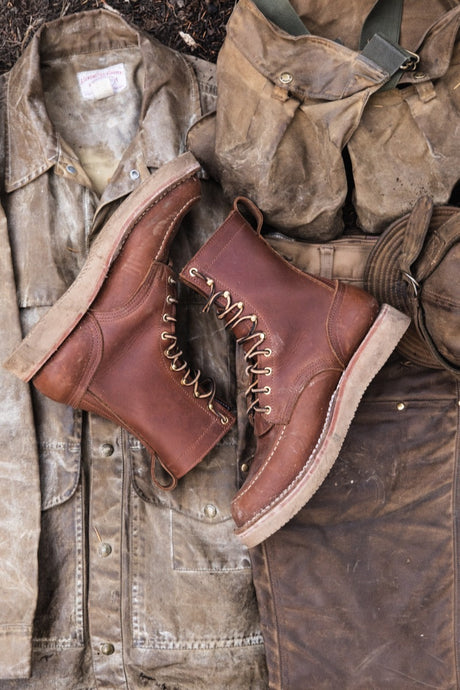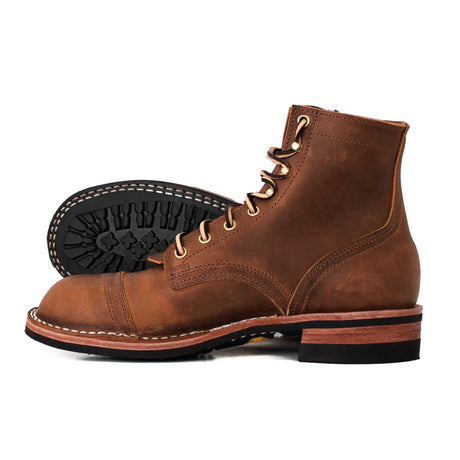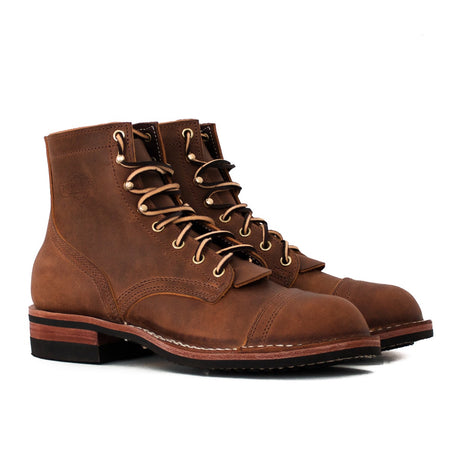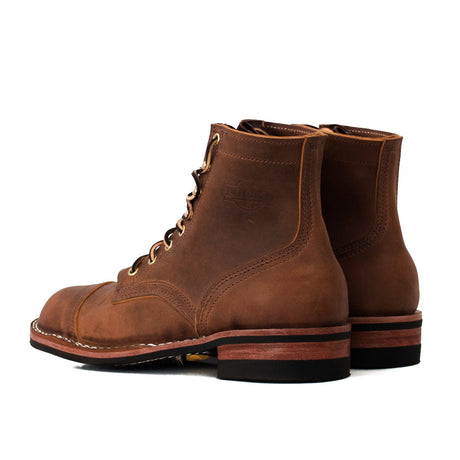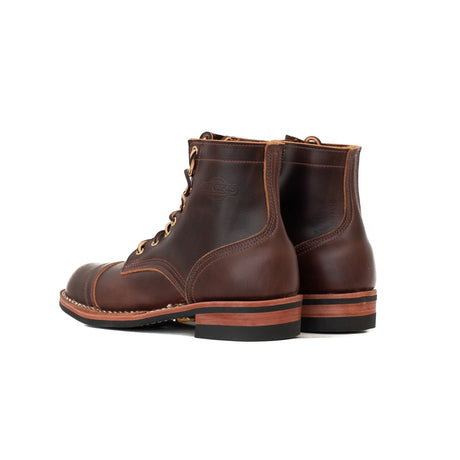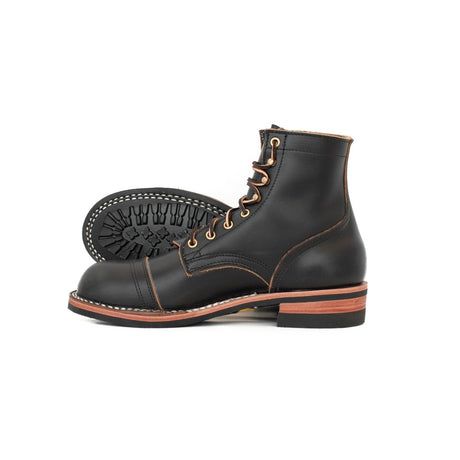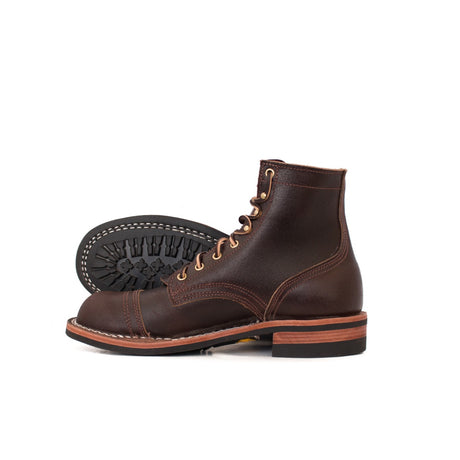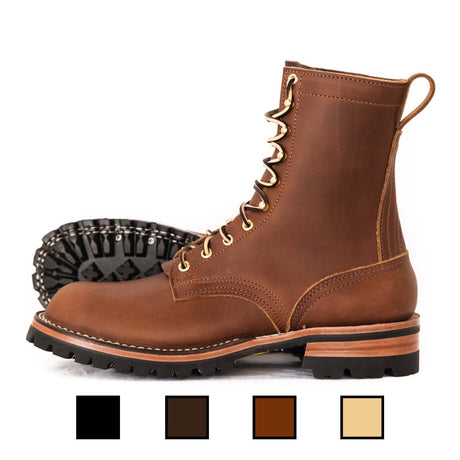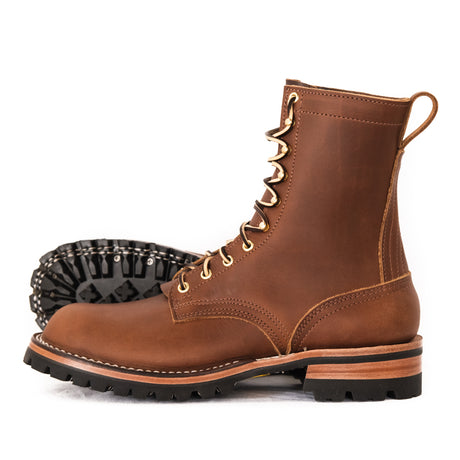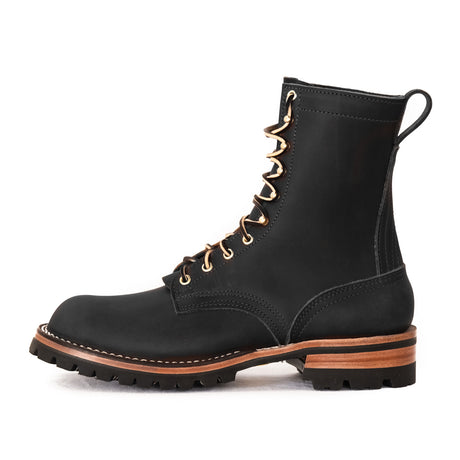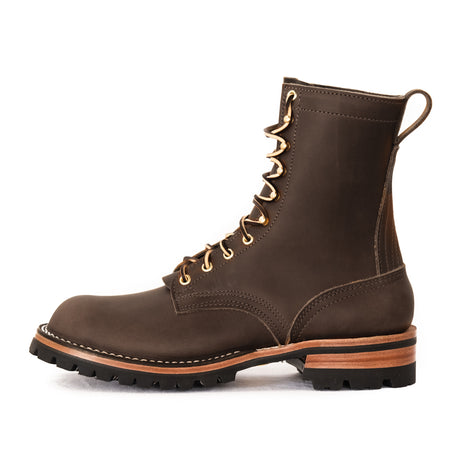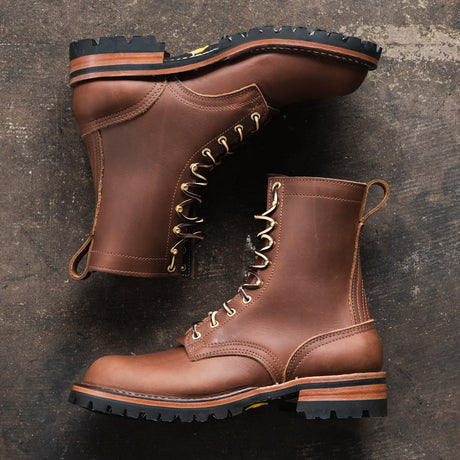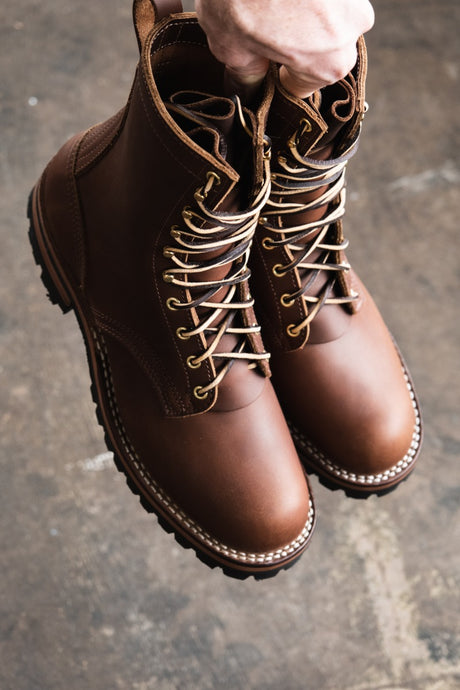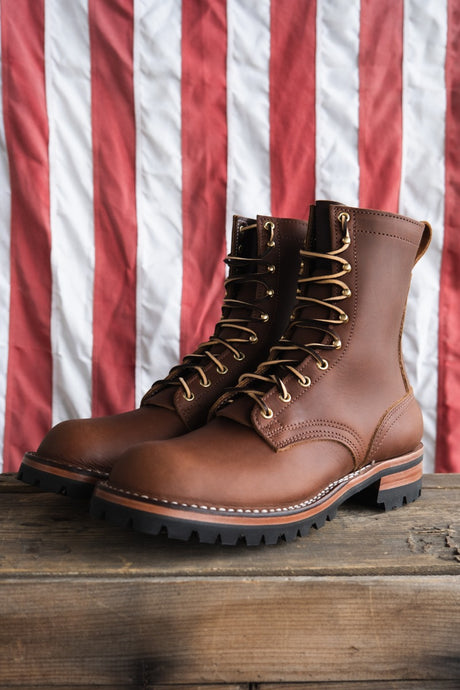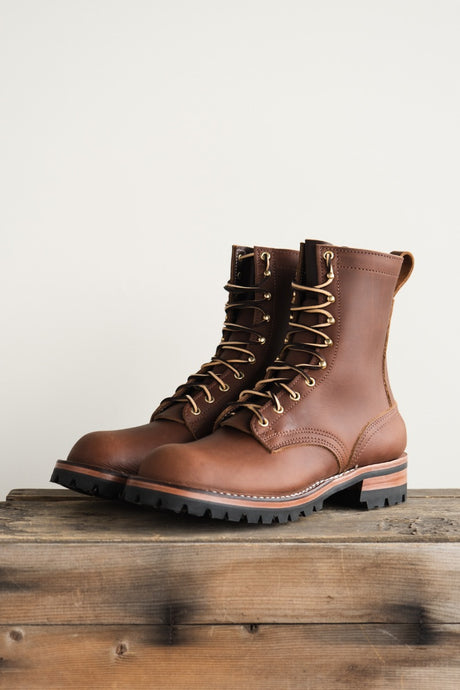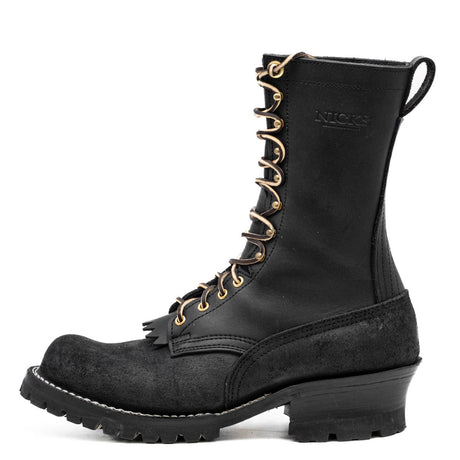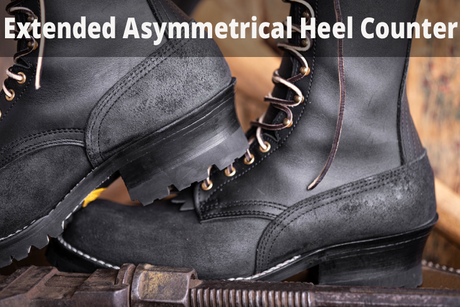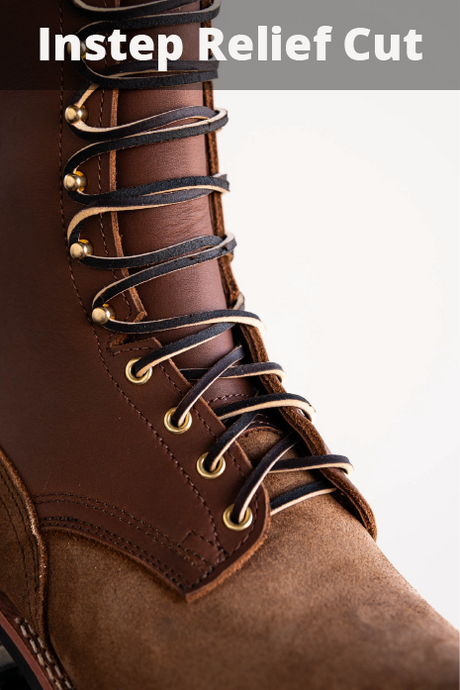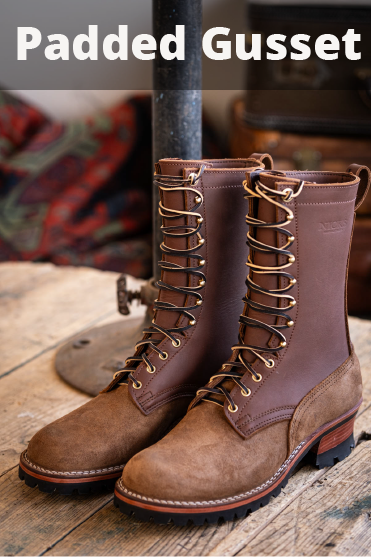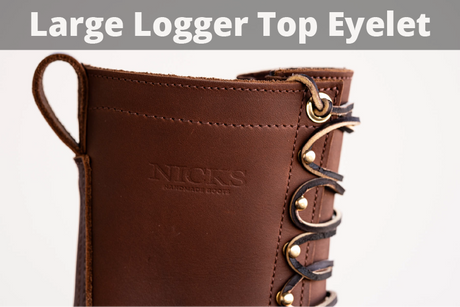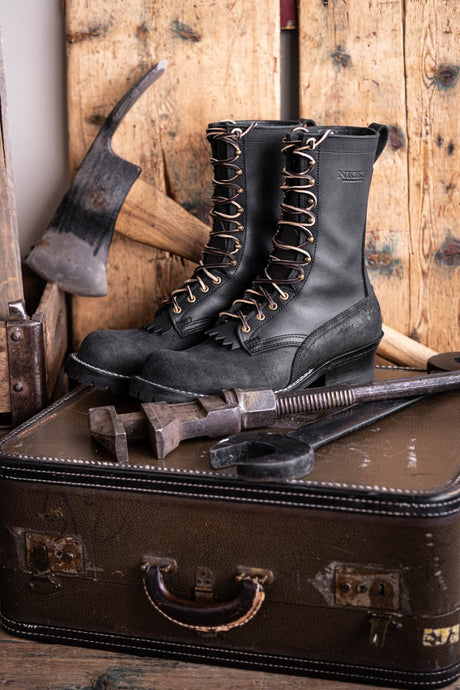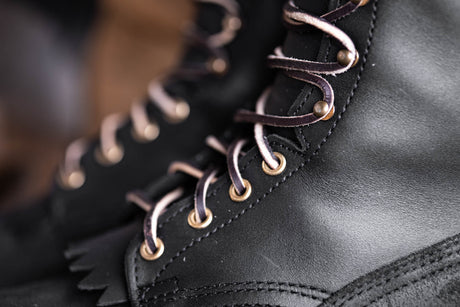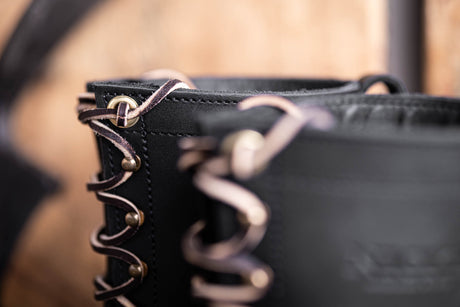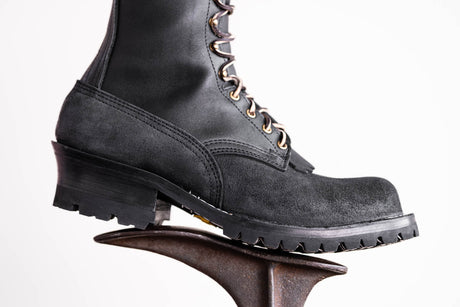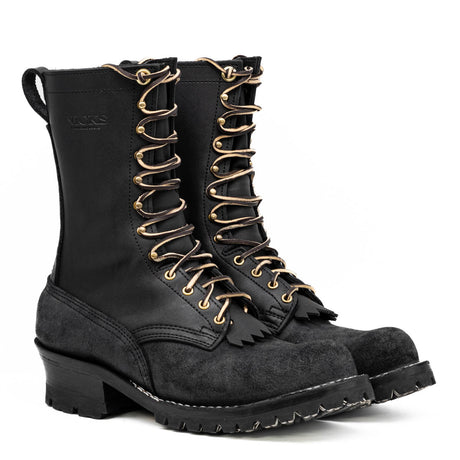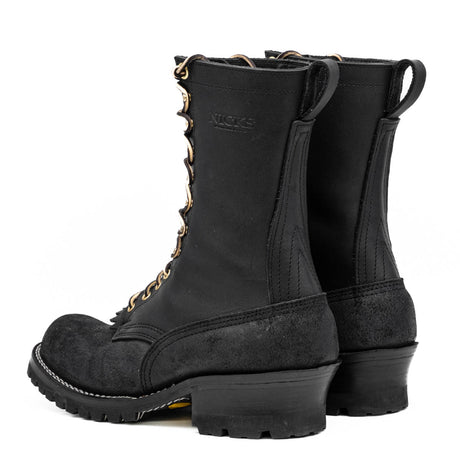Key Takeaways:
- Water Can Harm Leather: Leather absorbs water, which can cause stiffness, stains, and cracks if not properly maintained. Preventive care like conditioning and waterproofing is essential.
- Dry and Condition Properly: Air drying at room temperature and applying a leather conditioner afterward helps restore moisture and flexibility. Avoid direct heat sources that can cause cracks.
- Prevention is Key: Regular conditioning, safe storage, and waterproofing sprays help protect leather from water exposure. Taking these steps will keep your jacket looking great for years.
Does water ruin leather, or is it just another overblown concern? Leather is prized for its durability, but when exposed to moisture, it can develop stains, lose its natural oils, and even become brittle over time. Without proper care, what starts as a minor water spot can turn into lasting damage that affects the look and feel of your leather jacket.
At Nicks Boots, we don’t just sell leather products—we craft them with precision, using only the highest-quality materials built to withstand tough conditions. Our boots and outerwear are designed for durability, but even the finest leather needs the right maintenance to preserve its beauty. Leather is an investment, and knowing how to protect it from the elements is the key to keeping it in top shape for years to come.
This guide will break down everything you need to know about leather and water, from the science behind moisture damage to the best ways to restore and protect your leather jacket. Whether you’ve been caught in the rain or want to prevent future damage, we’ll provide expert tips to ensure your leather stays as good as new.
Does Water Ruin Leather? The Truth You Should Know
Leather is a naturally porous material that absorbs moisture rather than repels it. When exposed to water, the fibers swell, disrupting the natural oils that keep leather soft and supple. Over time, this can lead to stiffness, cracks, and even discoloration, making the leather look worn out and brittle.
However, not all water exposure is disastrous. A few drops or light rain won’t ruin a well-maintained leather jacket immediately. The real damage happens when leather is soaked and then improperly dried. If left untreated, water can weaken the material's structure, leading to long-term deterioration. Understanding the balance between moisture and maintenance is key to keeping your leather in top condition.
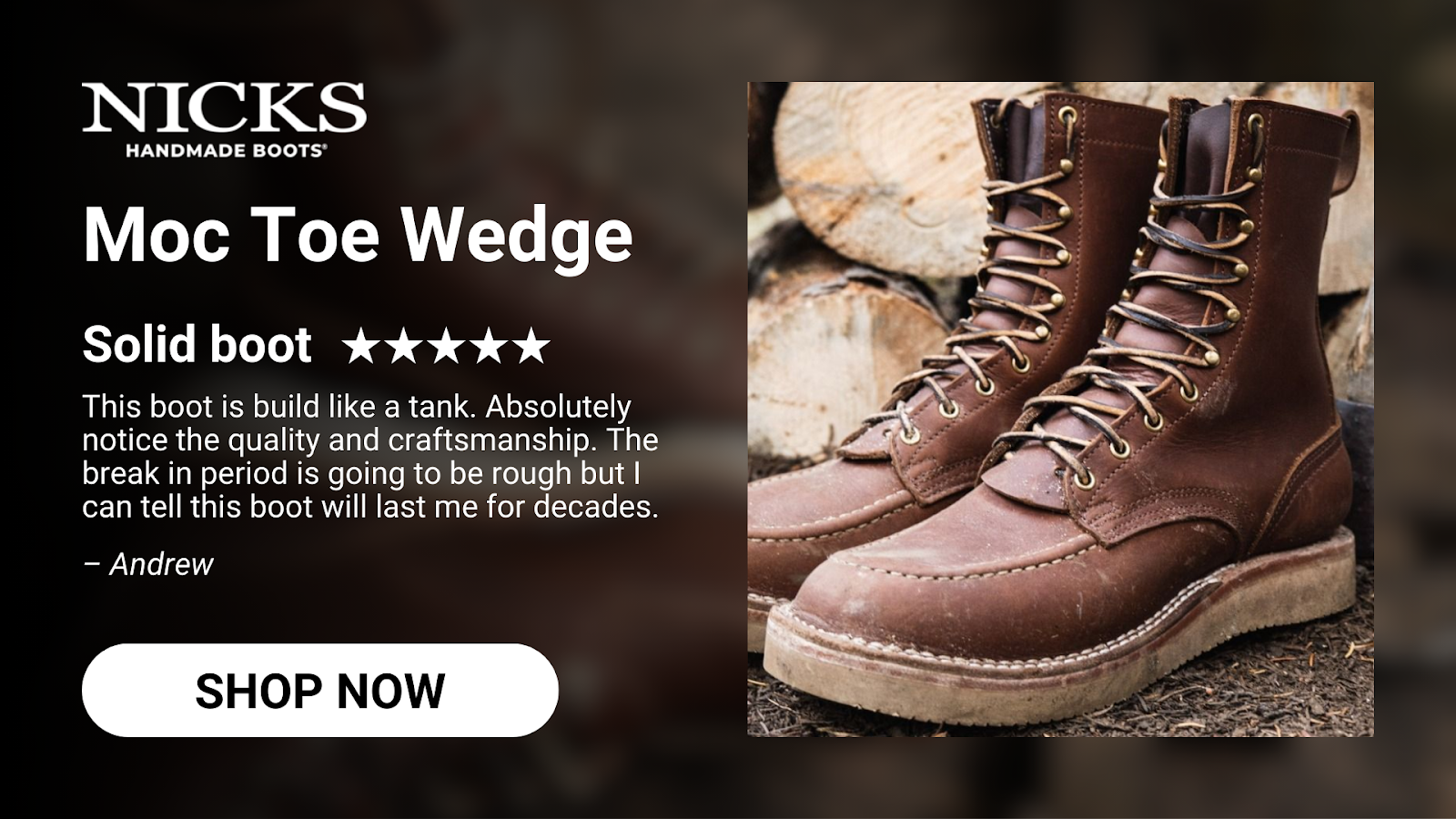
How Does Water Affect Leather?
Leather and water don’t always mix well, but the real issue isn’t just getting it wet—it’s what happens afterward. From absorbing moisture to drying out and cracking, leather goes through different stages of damage depending on how it’s treated. Here’s a closer look at how water impacts leather:
- Water Absorption and Fiber Swelling: Due to its porous nature, leather quickly absorbs moisture when wet. This causes the fibers to swell, temporarily changing the material's texture and flexibility. While this may not cause immediate damage, repeated exposure weakens the leather’s structure.
- Loss of Natural Oils: As water evaporates, it removes the natural oils that keep leather soft and supple. This oil loss leaves the material feeling dry and stiff, making it more prone to cracks and creases. Without proper conditioning, leather can become brittle and start breaking down.
- Potential for Mold and Mildew Growth: Damp leather stored in humid conditions creates the perfect environment for mold and mildew. These fungi can cause unpleasant odors, discoloration, and even permanent damage to the material. If not treated promptly, mold growth can weaken the leather and shorten its lifespan.
- Surface Staining and Discoloration: Water spots and stains can form when moisture dries unevenly on the leather’s surface. This is especially noticeable on untreated or light-colored leather, where water exposure leaves visible marks. Over time, these stains can become permanent if the leather isn’t cleaned and conditioned properly.
- Long-Term Structural Damage: Repeated exposure to water, combined with poor drying techniques, can weaken the leather’s overall integrity. As the fibers lose their strength, the material may start to crack, peel, or even tear. Proper maintenance is essential to preventing this kind of irreversible damage.
Can You Fix Water-Damaged Leather?
Water damage doesn’t always mean the end for your leather jacket. With the right restoration techniques, you can bring it back to life and prevent further deterioration. The key is to act quickly and use proper methods to avoid making the damage worse.
Dry The Leather Naturally
Never use direct heat sources like hairdryers, radiators, or sunlight to dry wet leather. Rapid drying forces the moisture to evaporate too quickly, stripping away essential oils and causing the leather to become stiff and brittle. Instead, place the jacket in a well-ventilated area at room temperature, allowing it to air dry slowly and evenly.
Gently Reshape While Drying
As leather dries, it tends to shrink and lose its natural form, which can result in unwanted wrinkles and creases. To prevent this, gently stretch and reshape the jacket while it's still damp, paying close attention to sleeves, collars, and seams. Avoid pulling too hard; wet leather is more delicate and prone to tearing if handled roughly.
Apply A Leather Conditioner
Once the jacket is fully dry, it needs to be rehydrated to restore its softness and flexibility. A high-quality leather conditioner replenishes lost oils, preventing cracks and stiffness from setting in. Apply a small amount with a soft cloth, rubbing it in circular motions and allowing the leather to absorb it fully before buffing.
Buff And Restore The Surface
Conditioning alone isn’t enough to bring back the jacket’s original luster, so buffing is an important step. Using a microfiber cloth, gently polish the surface to remove any excess conditioner and even out the leather’s texture. This also helps enhance the jacket’s natural sheen and gives it a well-maintained appearance.
Treat Any Stains Or Discoloration
Water stains and discoloration can sometimes remain even after drying and conditioning. If this happens, apply a specialized leather cleaner suited to your jacket’s type sparingly to the affected area. Avoid using too much liquid, as excessive moisture can worsen the problem. For severe damage, consider professional leather restoration.
How To Protect Leather From Water Damage
Preventing water damage is easier than fixing it after the fact. With the right precautions, you can keep your leather jacket safe from rain, spills, and humidity. Here are some effective ways to protect your leather and extend its lifespan:
Apply A Leather Waterproofing Spray
A high-quality waterproofing spray creates a protective barrier that repels water while allowing the leather to breathe. These sprays come in different formulations, so choose one designed for your specific leather type. Reapply every few months or as needed, especially before wearing your jacket in wet conditions.
Store Leather In A Dry Environment
Humidity and moisture in the air can slowly degrade leather, even if it never gets soaked. Store your jacket in a cool, dry place away from direct sunlight and damp conditions. Using a breathable garment bag and silica gel packs in your closet can help absorb excess moisture.
Condition Leather Regularly
Leather needs regular conditioning to stay soft and resilient against environmental damage. Use a leather conditioner every few months to maintain moisture balance and prevent dryness. Well-conditioned leather naturally resists water better because it retains its flexibility and natural oils.
Avoid Wearing Leather In Heavy Rain
While light moisture won’t immediately ruin leather, heavy rain can cause deep saturation. If you know there’s a chance of downpours, opt for a different outer layer or carry an umbrella. If your jacket does get wet, follow the proper drying and conditioning steps to prevent long-term damage.
What To Do If Your Leather Gets Wet
Even with the best precautions, sometimes leather gets wet. Whether you’re caught in the rain or accidentally spill water on your jacket, acting quickly can prevent long-term damage. Follow these steps to dry and restore your leather safely:
- Blot Excess Water Immediately: Use a soft, dry cloth to blot away as much moisture as possible gently. Avoid rubbing, as this can push water deeper into the leather and cause uneven drying. Pat the surface lightly until no more water transfers to the cloth.
- Air Dry at Room Temperature: Place the jacket in a well-ventilated area, away from direct heat sources like radiators, hairdryers, or sunlight. Rapid drying can cause the leather to stiffen and crack, so let it dry naturally over several hours. Ensure it's laid flat or hung on a padded hanger to maintain its shape.
- Reshape While Drying: Leather can shrink or warp as it dries, so gently stretch and smooth out the material while it's still slightly damp. Pay extra attention to collars, sleeves, and seams to keep them from stiffening in an awkward position. This step helps the jacket retain its natural fit and flexibility.
- Condition the Leather Once Dry: After the leather has completely dried, it needs moisture replenishment. Apply a high-quality leather conditioner to restore lost oils and prevent the material from becoming brittle. Massage it gently with a soft cloth, allowing the leather to absorb the conditioner fully.
- Buff and Restore Shine: Once conditioned, use a microfiber cloth to buff the jacket and restore its smooth, natural finish. This helps even out any remaining dryness and enhances the leather’s protective layer. If the jacket still feels rough or dry, apply another light layer of conditioner for extra hydration.

Final Thoughts
Leather is a durable and timeless material, but it’s not invincible—especially when exposed to water. While moisture can cause damage over time, proper care and maintenance can keep your leather in top condition for years. Investing in high-quality leather products means taking the necessary steps to protect and preserve them. A little effort goes a long way, whether it’s applying a waterproofing treatment, conditioning regularly, or handling water exposure correctly. At Nicks Boots, we understand the value of well-crafted leather, and with the right care, you can ensure yours remains strong, supple, and ready for any adventure.
Read also:
Frequently Asked Questions About Does Water Ruin Leather
Can leather survive light rain?
Yes, leather can handle light rain if properly conditioned and maintained. However, prolonged exposure to water can lead to stiffness and damage over time. It’s always best to wipe off any moisture as soon as possible and let the jacket dry naturally.
Will untreated leather absorb water faster?
Untreated leather is more porous and will absorb water quickly, leading to stains and potential structural damage. Unlike treated leather, it lacks a protective coating that helps repel moisture. Regular conditioning and waterproofing sprays can help slow down absorption.
Is there a difference between water-resistant and waterproof leather?
Yes, water-resistant leather has been treated to repel light moisture, while waterproof leather is specially processed to block water completely. Most fashion leather jackets are water-resistant but not fully waterproof. Heavy exposure to water can still cause damage, so proper care is necessary.
Does saltwater ruin leather faster than fresh water?
Yes, saltwater can be more damaging because it dries out the leather and leaves behind salt deposits that weaken the material. If your leather jacket gets exposed to saltwater, rinse it with a damp cloth and apply conditioner after drying. This helps prevent cracking and premature wear.
How can I tell if my leather is damaged by water?
Signs of water damage include dark spots, stiffness, and a rough or brittle texture. In severe cases, the leather may develop cracks or peeling due to lost natural oils. If you notice these issues, conditioning the leather immediately can help restore its flexibility.
Can I use a hairdryer to speed up the drying process?
No, using direct heat like a hairdryer or placing the jacket near a radiator can cause the leather to dry too quickly. This leads to stiffness and cracks as the material loses its natural moisture. Air drying at room temperature is the safest method.
Does suede react differently to water than regular leather?
Yes, suede is more delicate and absorbs water faster than full-grain or treated leather. Water exposure can leave permanent stains and alter the texture of suede. Always use a waterproof spray to protect suede and avoid moisture as much as possible.
Can I wear a leather jacket in humid weather?
Yes, but humidity can gradually affect leather by causing it to absorb moisture from the air. If the jacket is stored improperly, this can lead to mold growth. Proper ventilation and occasional conditioning will help keep leather in good shape.
Will water make leather stretch or shrink?
Leather can shrink when it dries too quickly or when exposed to excessive heat. On the other hand, if stretched while wet, it can become misshapen. Reshaping the jacket gently as it dries will help maintain its original fit.
How often should I waterproof my leather jacket?
It depends on how frequently you wear it, but applying a waterproofing spray every 3–6 months is a good rule of thumb. If you often wear your jacket in damp conditions, more frequent applications may be necessary. Always test the spray on a small area before full application to ensure compatibility with your leather.



